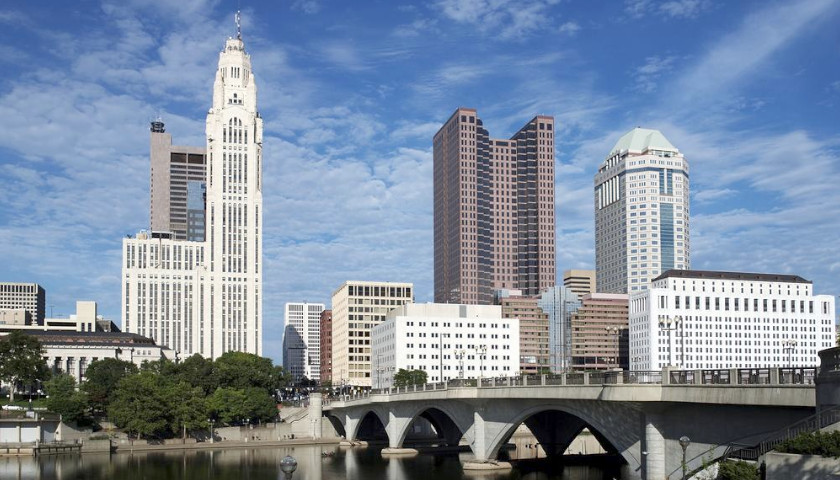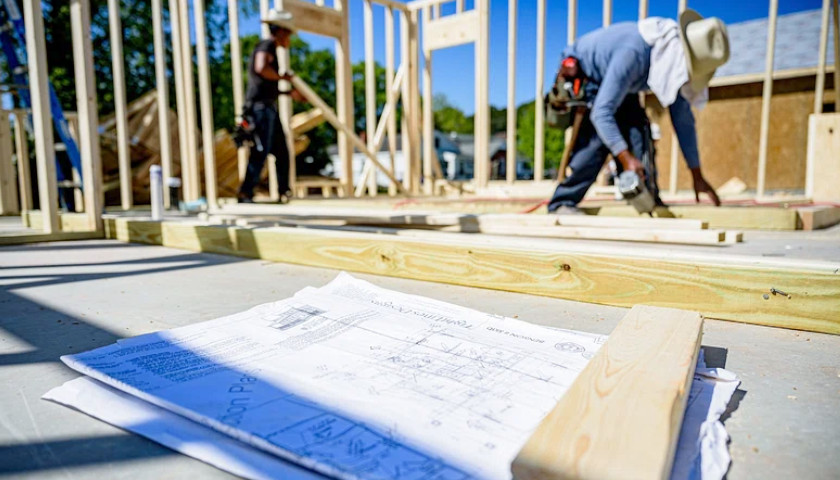A new study released this week by a Columbus-based nonprofit observed that, with the exception of Ohio’s capital city and its surrounding suburbs, the Buckeye State is losing population.
The paper by the Greater Ohio Policy Center (GOPC), titled “Ohio + Columbus: A Tale of Two States,” posits that “much of Ohio functions like a legacy state rather than a rapidly growing place.” In other words, many places in the state experienced manufacturing booms a century ago but have seen industrial activity quickly decline in recent decades.
Ohio did experience three-percent population growth from 2000 to 2020, but that increase was weak compared to population trends nationwide. As a result of relatively slow population growth as reflected in the U.S. Census, the state has to give up one of its 16 congressional seats going into the next decade.
And the robust 25-percent growth that the greater Columbus region experienced over the last two decades masks staggering population declines in what GOPC terms the state’s 22 legacy cities and 16 legacy metro areas. The city of Youngstown and surrounding suburbs suffered the greatest losses, with the city itself losing 22 percent of its net population and the greater metro area experiencing an 11-percent decline.
When communities in and around the state’s capital are removed from the analysis, the rest of Ohio is found to have experienced a one-percent population loss.
GOPC suggests that Columbus has avoided population decline largely because its industrial base includes state government institutions, healthcare institutions like Riverside Methodist Hospital and Grant Medical Center as well as colleges such as Ohio State University and Franklin University.
The disparity between the Columbus area and the rest of the state is also pronounced in terms of younger residents whose numbers have increased in and around the state capital but have dwindled in legacy regions.
Another unwelcome trend concerns housing values. While they did rise from 2015 to 2020, they lagged behind value increases across the U.S. on the whole. The median housing value in America was $229,800 in 2020 but in Ohio it was under $152,000. Even in the Columbus metro area, property values did not keep pace with those in the rest of the country.
GOPC offered several policy recommendations to help the regions outside of Columbus retain and attract residents, including federal and state aid to local governments, reforms of zoning laws, and increases in public transportation spending.
“Policy solutions that build on existing assets, protect the strength of the existing workforce, and invest in high-quality places will help support a majority of places in the state, including cities, towns, rural areas, and the Appalachian region,” the report states.
Other experts believe more fundamental changes need to take place regarding Ohio’s tax structure, regulatory regime, and labor relations. Buckeye Institute research fellow Greg R. Lawson observed that Ohio’s failure to catch up with population growth elsewhere in America goes back to the 1960s, and suggested that that failure owes to numerous policy decisions made in the decades since. He cites the state’s enactment of a complex income-tax system in the 1970s and the adoption of public-sector collective bargaining in the 1980s as two examples of governing missteps that should be reversed. He also said Ohio should take a lesson from surrounding states that have enacted right-to-work laws barring forced unionism at any workplace and have resultantly brought in more businesses.
“Those are all issues that make [Ohio] a less attractive state,” Lawson told The Ohio Star. “Fortunately, Ohio still has some good logistics; we still have some good infrastructure. So we still have some advantages, but we have not been able to overcome, I think, some of these other things that kneecap us all the time.”
– – –
Bradley Vasoli is managing editor of The Ohio Star. Follow Brad on Twitter at @BVasoli. Email tips to [email protected].





